Halfway between black and white, gray is a color that doesn’t really seem like one, until you realize exactly how many shades there actually are, in terms of both meaning and tone, and not just as the title of a certain currently very popular book!
Think of all the things that come in gray, from light to dark, bright to dull – clouds, shadows, mist and smoke, city sidewalks and buildings, the stone faces and beds found on mountains and in streams, a variety of metals and minerals from silver to graphite, and in the animal kingdom everything from dolphins to wolves to pigeons.
Gray can be many things, but boring is not one of them. Artists who work in black and white, whether through photography or drawing with charcoal and pencil, know the value of using the full range of grays to soften the transitions between negative and positive, dark and light. Sometimes a contrasting gray background can help make one brightly colored element stand out that much more.
In a less literal sense, as a mediator between extremes, gray areas can feel neither here nor there, and symbolize a state of inclusiveness or impartiality on the one hand and a lack of commitment or clear definition on the other. A touch of gray that comes with age can be a sign of wisdom to some, and to others indicate weakness.
As many of us in the U.S. face the annual transition from the most outrageously colorful to the most starkly colorless season, there seems no better time to think about gray in all its varieties. This post features just a few examples of what makes gray a color not to be overlooked. What is your favorite shade of gray and why?
Brian Sylvester is a guest blogger on WallSpin, and an artist on Zatista.
Related articles
- For the Love of Cars (zatista.com)
- Featured Artist Interivew: Deanna Fainelli (zatista.com)
- Art of the Arch (zatista.com)
- Paint Color Portfolio: Pale Gray Living Rooms (apartmenttherapy.com)



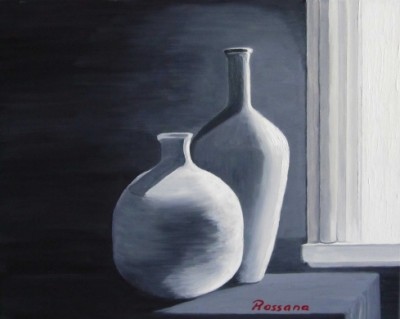
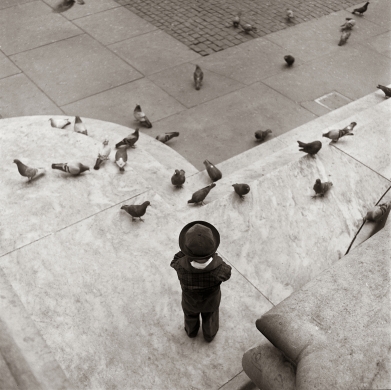
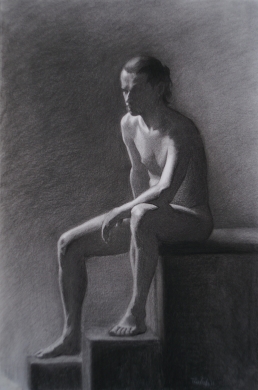
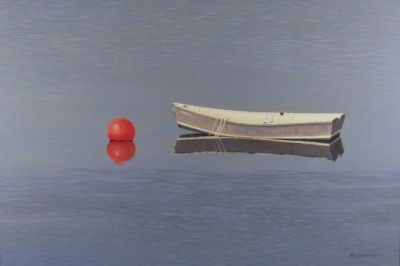
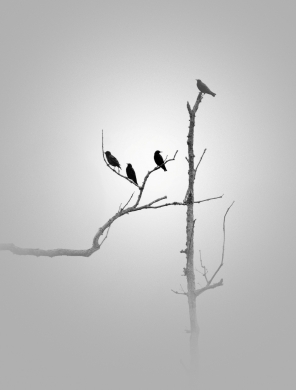
Comments (0)